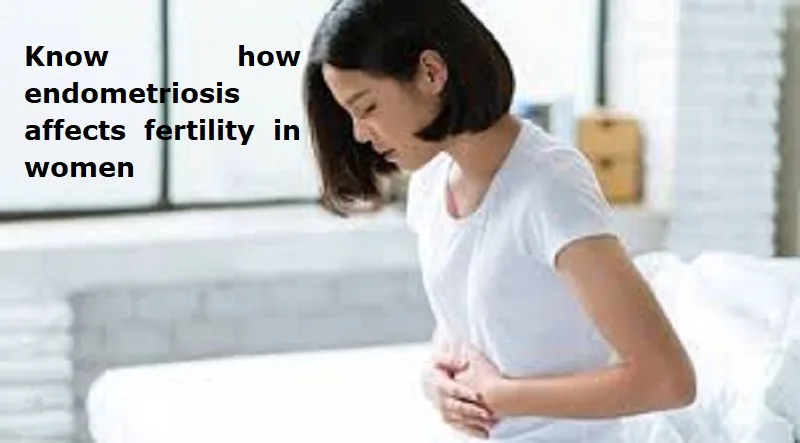
Endometriosis Awareness Month is observed every year in March to raise awareness about endometriosis. Endometriosis happens when tissue similar to the lining of the uterus grows outside the uterus. These can grow on the ovaries, fallopian tubes or the lining of the pelvis. Just like the uterine lining, this tissue responds to monthly hormonal changes, which can cause pain, swelling and scar tissue. Over time, these changes can lead to problems like infertility.
The symptoms of endometriosis can vary. Some women may not have any symptoms, while others may experience:
Pain during sexual intercourse (dyspareunia).
Painful periods (dysmenorrhea).
Problems with the bladder or bowel.
Chronic pelvic pain (long-term pain in the lower belly).
Also Read: Natural Homemade Aphrodisiac To Boost Your Sexual Health
Endometriosis risk factors
Some factors can increase the risk of endometriosis, such as:
A family history of the condition.
Starting periods at an early age.
Delaying childbirth.
Endometriosis can make it harder for women to get pregnant. In fact, 30-50% of women with endometriosis experience infertility. The condition can damage the reproductive system in several ways, such as causing scar tissue or inflammation.
Women with mild endometriosis may still be able to conceive naturally but those with more severe cases often have a lower chance of getting pregnant. Studies have shown that women with advanced endometriosis may have fewer chances of success with treatments like IVF (In Vitro Fertilization).
Unfortunately, endometriosis cannot be prevented. However, early diagnosis and treatment can help manage the condition and reduce its impact.
There are different treatments available for endometriosis-related infertility and doctors create a plan based on each woman’s needs. Medical or surgical management may be considered based on various factors. Assisted reproductive techniques such as IUI and IVF are currently available treatments for women with endometriosis who are trying to conceive.

Post Your Comments